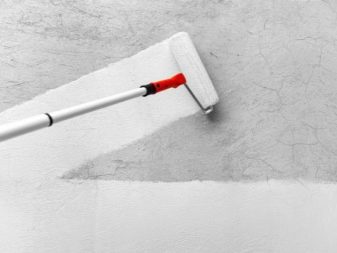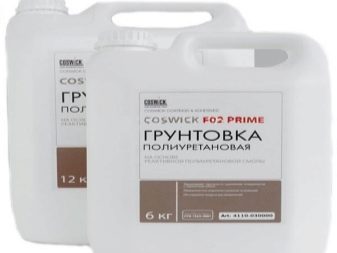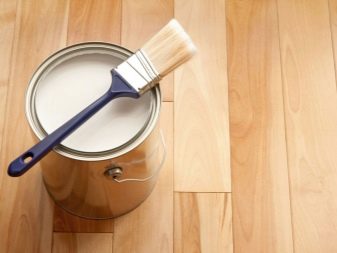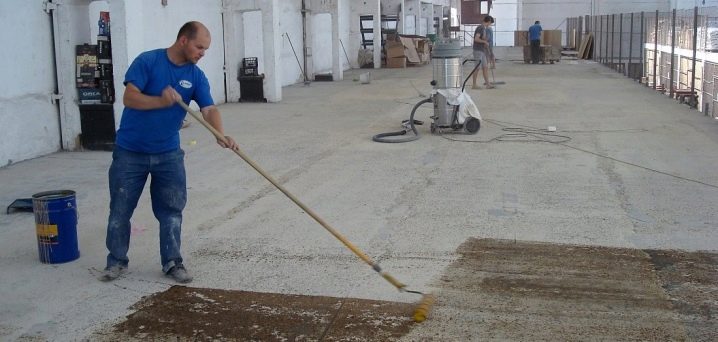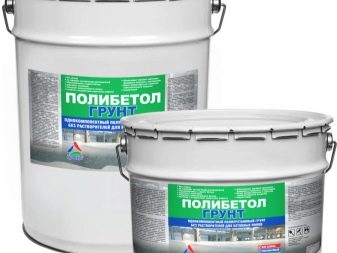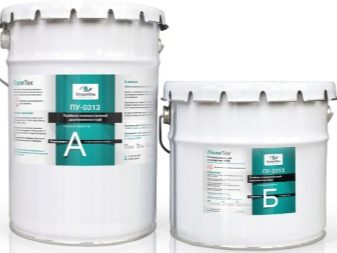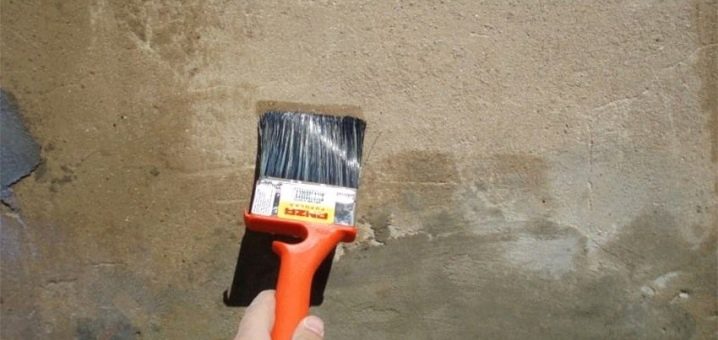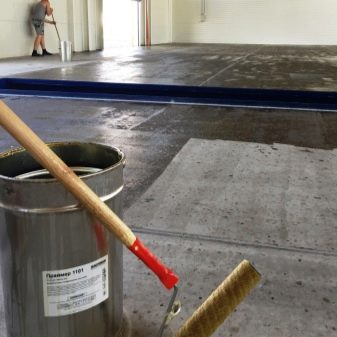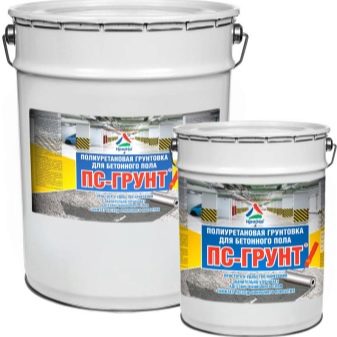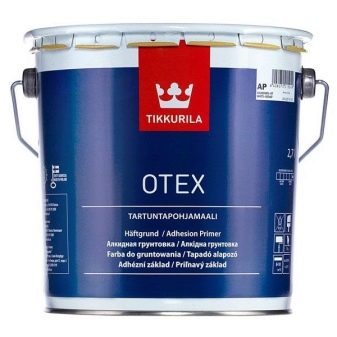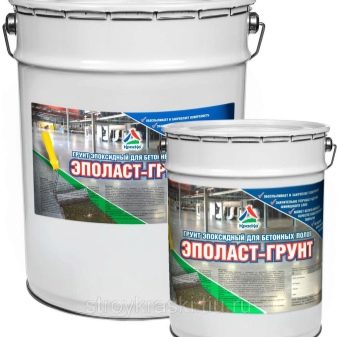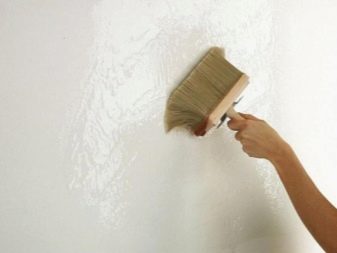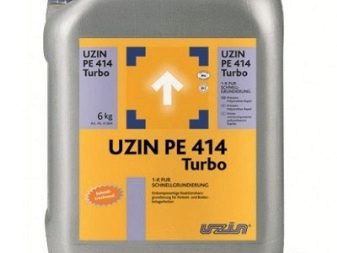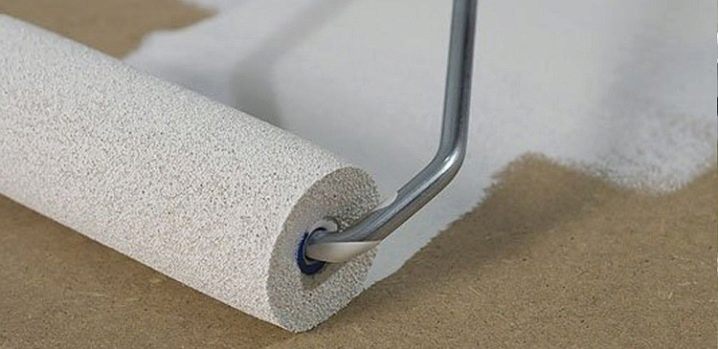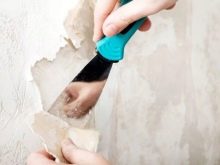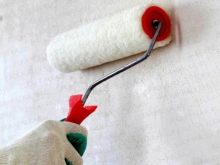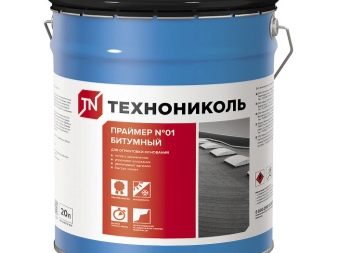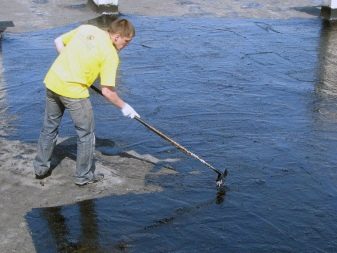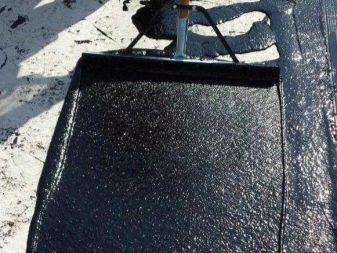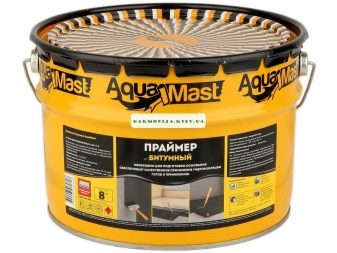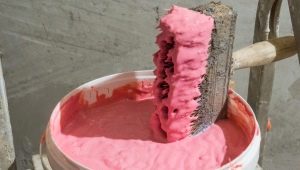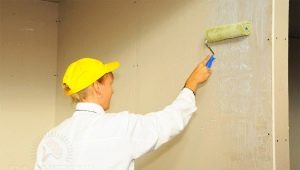Polyurethane primer: types and properties
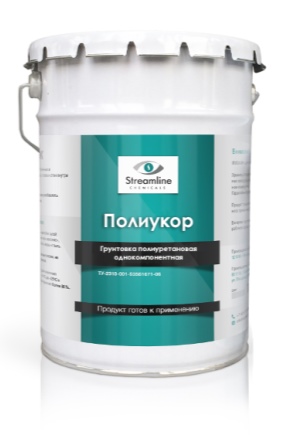
The main purpose of primers is surface treatment before finishing. It depends on the consumption of materials for the finish coating. For example, the priming of walls before painting is mandatory. There are many types of such compounds, including polyurethane. Polyurethane is a polymeric material that belongs to the group of synthetic elastomers.
Primers of this type perfectly protect the surface, and strengthen the base. That is why they are so widespread. The chemical composition is absorbed into the walls, increasing the resistance of the surface to moisture and corrosion. In addition, polyurethane-based primers have a high degree of adhesion. In their production, polyurethane raw materials are used with additives in the form of solvents.
Advantages and disadvantages
The composition has several advantages:
- Use of this material on an unprepared surface is allowed. No need to clean it from dust. The components of the solution will bind the dust, and make the coating even stronger.
- It is possible to apply a primer on the floor with the included heated. It should be noted that this option is possible only in the case of polyurethane materials. Other solutions will adversely affect the surface.
- Polyurethane material is universal. Its scope is not limited to interior decoration, it can be used outside.
- Very economical expense. The standard primer consumption is about 0.8 kg / m2. And in polyurethane - from 200g to 500g / m2.
- Admissibility of application on such bases as a tree, concrete, metal. If the surface absorbs moisture well, then the primer will absorb well.
- The following work to strengthen the walls can be carried out soon, as the primer mixture is reliable and durable.
Despite the fact that this is a very high-quality composition, it also has several disadvantages:
- Extremely long drying time. It can take from three to five hours. In this case, the remaining solutions are absorbed in a few hours.
- The high level of prices for the material. The cheapest composition can be found at a price of 200 rubles per kilogram. But it all depends on the manufacturer and the quality of the chemical components. Prices for some primers start at 5,000 rubles per kilogram. It should be noted that the repairs carried out will not have to be repeated soon, therefore, in particularly difficult cases, this price is justified.
Types of primers
The most important difference between primer mixtures is that they are one-component and two-component. In the first case, one type of solvent and one main substance are used. Single component solutions are suitable for processing wood, concrete, MDF. The fluidity of the composition allows it to be absorbed into the surface of concrete bases and MDF boards. The primer penetrates the surface structure, strengthening and leveling it. The better the adhesion, the better it will be to lay down the topcoat.
Two-component formulations consist of a liquid mixture and a hardener. They are used for priming concrete, wood. They are used, pre-mixed with each other. The flow rates of such a composition will not be at a height, but the strength characteristics will increase significantly.Such two-component primers are advised to be used on concrete foundations with a high degree of permeability and outside buildings.
If the metal needs to be given anti-corrosion properties, then zinc-filled compounds should be chosen. It is better not to use this primer for wood or MDF boards.
Sometimes it happens that the primer takes on the role of a finishing coating without the subsequent use of paint. This option is used in garages, workshops, utility rooms. You need to choose a solution that will strengthen the concrete base.
Types of polyurethane solutions
The following main types of priming compositions are distinguished:
- Acrylic blendswhich are usually one-component formulations. They are treated with MDF boards and a wooden surface. They are deeply penetrating, fill the tree structure and align it. The non-laminated MDF cooker is in particular need.
Acrylic blends show themselves well on concrete grounds indoors. With their help, you can strengthen the surface and make it more even. The advantage of the solution is its non-toxicity.
- When conducting outdoor woodwork need to use alkyd solutions. They protect the top layer of wood from darkening. If you want to emphasize the wooden structure of the surface, you need to use priming enamel. It simultaneously permeates the base, and is the finishing layer. These enamels advantageously emphasize the structure of the tree, but the MDF boards are practically not painted by them.
- Epoxy solutions ideal for metal surfaces, as this type of primer protects them from external factors. If the solution contains a zinc element, it will give anti-corrosion properties of the treated surface. Soil, which is composed of zinc, poorly covers the decorative finish. To increase the adhesion of the base, it must be treated with a special solution or a metal primer must be used.
There is also a special type of primer - zinc-rich primer. She is actively struggling with rust.
Selection of the right composition
Although the primer is a universal compound that fits almost any substrate, the selection should take into account the following factors:
- It is important where the treated surface is located (inside or outside the room). Of great importance is the temperature conditions of operation and the level of moisture. If the base is subjected to stress, it is better to use a two-component primer.
- You need to understand what the primed surface consists of. What is suitable for MDF boards may not be suitable for metal at all.
- Toxicity indicators. For residential premises it is better to use polyurethane solutions, which include acrylic. They are ideal for wooden and concrete surfaces.
Drawing
The application of the polyurethane substance does not differ from the technique of applying other primers. But keep in mind that polyurethane primer is not intended to use the spray gun. Concrete walls and wooden bases can be primed with rollers, which can be of different sizes. With them, a large surface is painted quickly and easily.
Brushes will help where the rollers are not as effective, for example, in hard-to-reach areas. They can tint, but over a large area, they are useless.
It is acceptable to apply a primer on an unprepared surface. But it is better to prepare the base well:
- clean off the old finish, dust out;
- Rinse;
- dry;
- putty cracks large, small cracks fill the primer.
After that you can apply the solution. Evenly distribute it using a roller. After the first layer has dried (about 5 hours), the second can be applied. Polyurethane primer is applied in the first layer vertically, in the second - horizontally, since the mixture is better absorbed into the base. Enough two applications, after that you can do decorative trim.
Bitumen Primer
The primer is an impregnation of the surface, which strengthens the base, removes roughness, increases adhesion. This is a deep-penetrating bitumen primer. It prepares coatings for subsequent waterproofing.
Main qualities:
- air permeability;
- plastic;
- quick drying time;
- ease of application;
- softens at 80 ° C;
- temperature regime of application - from -30 ° С to + 85 ° С;
- flammability and volatility;
- it can not be frozen.
The primer can be applied with a brush, roller, spray gun, in bulk.The latter method is the most expensive and can lead to overspending. It is used on horizontal surfaces. When working with a primer, use a protective suit and mask.
This type of polyurethane primer is used in residential and industrial buildings. Its advantages:
- high degree of penetration into the base and its strengthening;
- hardens from moisture;
- convenient to use;
- safe after drying;
- it contains organic solvents;
- creates a durable coating;
- in a dry warm room can be stored for a long time.
Polyurethane primer is a great way to strengthen the base and give it adhesive properties. Each type of surface has its own type of priming solution. Depending on the type of binder, polyurethane primers can be alkyd, acrylic and epoxy. They are easy to use and durable to use.
In the next video, see AveniR PRIMER review of polyurethane primer.
